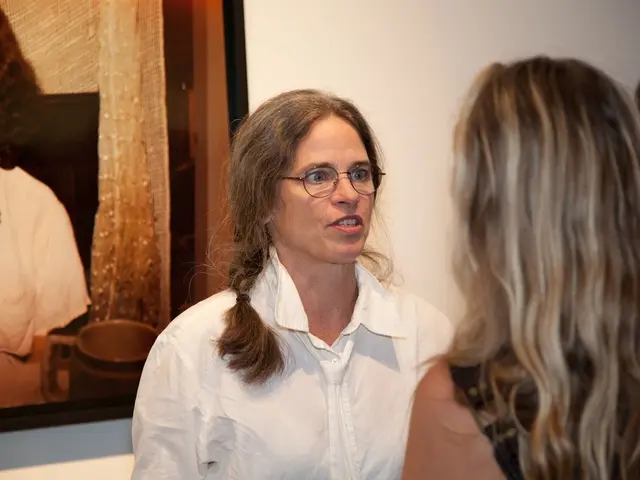Strategies to Overcome the 'Post-Summer Vacation Slump' in School
As the new academic year approaches, students across the country are gearing up for a mix of challenges and opportunities. For those starting school for the first time or moving to secondary school, the transition can be particularly daunting. However, with careful planning and a few practical steps, students can make the transition smoother and reduce back-to-school anxiety.
One of the first things to consider is setting specific, manageable goals. These goals should focus on emotional readiness, academic habits, and social integration.
**Emotional and Practical Goals:**
Open communication with parents, teachers, or counsellors about expectations and worries can create a sense of security and help students voice their concerns freely. Practising positive thinking and stress-relief techniques, such as affirmations, visualization, mindfulness, and breathing exercises, can boost confidence and manage anxiety. Familiarizing with the new school environment ahead of time by visiting the school, preparing school materials the night before, and aiming to arrive early on the first day can also help. Creating a supportive home environment where students feel heard and encouraged during the transition is crucial.
**Academic and Organizational Goals:**
Setting small, achievable academic goals, such as finishing homework before a certain time or reading daily for a set number of minutes, can build consistency and confidence. Developing key skills like organization, time management, and self-study habits are critical for success in secondary school. Aiming to complete assignments ahead of deadlines can help practice time management and reduce stress. Joining extracurricular clubs or activities can build commitment, social connections, and leadership skills.
**Social and Emotional Resilience Goals:**
Building emotional resilience by setting goals that encourage managing emotions and adapting to new routines can help students navigate the transition. Staying active in school communities can create a sense of belonging and reduce feelings of isolation.
In addition to these goals, students can look forward to shopping for new stationery supplies, which can help them feel excited about the new school year. A final summer gathering can serve as a goodbye to the season and a welcome to the upcoming school year. Preparing stories about summer trips and activities can help students make conversations with fellow students. Buying ingredients for wholesome and filling packed lunches and breakfasts is suggested to maintain a healthy diet during the school year.
For students standing on the threshold of completing a home learning course, the future can feel endless. Thousands of students in universities and colleges across the country are nervous about starting a new term. Setting goals, such as completing home learning courses or joining after-school activities, can help students look forward to new challenges.
It's important to ensure that uniforms and school shoes are bought in good quality and within school guidelines. Parents and grandparents often feel relieved at the start of a new school year, while some students find the start of a new school year an unhappy time. Having an end-of-the-week treat to look forward to can help students cope with the first week back at school.
In conclusion, blending emotional support goals with practical academic and social goals—including open communication, stress management, organizational habits, and social involvement—helps young students transition smoothly and lowers anxiety about returning to or starting school.
- In the pursuit of personal growth and learning, students can set goals related to coding education-and-self-development by dedicating time to self-study, attending coding workshops, or joining coding clubs during the school year.
- As part of their learning journey, students can also aim to expand their personal-growth by participating in extracurricular activities that promote both academic and social growth, such as debating societies or community service projects.




